Genus: Aratinga
Have you ever seen a vibrant, colorful parrot-like bird with a mischievous personality? If so, you may have spotted one of the captivating conures in the genus Aratinga! This diverse group of parakeets is known for their beauty and intelligence.
Aratinga conures originate from Central and South America. They thrive in various habitats like rainforests, grasslands, and savannas. You can identify these friendly birds by their bright red, yellow, green, orange, and blue feathers. Their playful behavior and ability to mimic speech make them popular pets.
“Aratinga conures wow with their rainbow colors and silly antics!”
Aratinga conures have special physical features for their life in the trees:
- Strong curved beaks to crack hard nuts and seeds
- Swift, agile flight to navigate branches
- Feet with four toes – two front, two back to grasp perches
- Long tail feathers that help them steer and soar
They are highly social birds that live, travel and play together in large, noisy flocks called conure convocations. These groups provide safety, companionship and fun for the birds as they fly through forests searching for food.
Let’s take a closer look at some of the dazzling Aratinga birds you may encounter!
Species Spotlights
Aratinga conures showcase an incredible diversity of vibrant colors and markings. Here are some of the most spectacular species:
Golden-capped Parakeet
- Scientific Name: Aratinga auricapillus
- Other Names: Golden-capped conure
- Origin: Brazil, Paraguay, Argentina
- Size: 30-33 cm (12-13 inches) long
- Identifying Traits: Bright golden yellow head crest, green wings with red and blue patches
This noisy, high-energy conure is a thrill to watch. Golden-capped parakeets stay busy flying, climbing and chewing in small flocks. Their happy screeches and mischief captivate bird lovers.
Jandaya Parakeet
- Scientific Name: Aratinga jandaya
- Other Names: Jandaya conure
- Origin: Northeastern Brazil
- Length: 30 cm (12 inches)
- Identifying Traits: Primarily orange and yellow plumage with green and blue wings
Named for the Jandaya people of Brazil, this playful conure loves to satisfy its curiosity about the world. Jandayas live very socially, foraging and roosting closely together. Their antics and vocalizations are endless entertainment.
Sulphur-breasted Conure
- Scientific Name: Aratinga maculata
- Other Names: Sulphur-breasted parakeet
- Origin: Northeastern Brazil
- Length: 28-30 cm (11-12 inches)
- Identifying Traits: Green plumage with bright yellow patch on breast
With a shrill call that carries through the canopy, this feathered acrobat glides with pizzazz. The sulphur-breasted conure navigates its home with ease thanks to excellent vision and swift flight. It uses its curved beak and toes to grip fruit and crack nuts.
Nanday Conure
- Scientific Name: Aratinga nenday
- Other Names: Nanday parakeet
- Origin: Argentina, Bolivia, Brazil, Paraguay
- Length: 30-33 cm (12-13 inches)
- Identifying Traits: Black head and beak, bright green wings and tail
Known for high levels of intelligence and communication skills, the nanday conure mimics sounds with amusing skill. This loquacious bird engages in vigorous physical courtship displays to attract mates. Strong and nimble, nandays fly long distances daily in bonded pairs or large flocks.
Sun Conure
- Scientific Name: Aratinga solstitialis
- Origin: Northeastern South America
- Length: 30-36 cm (12-14 inches)
- Features: Vibrant yellow and orange feathers
Native to the lush rainforests of Guyana, Suriname and Brazil, the brilliant sun conure takes its name from the rich golden hue of its feathers. Gregarious and active, this Amazon basin dweller travels in flocks while foraging fruit and nuts. Its piercing high-pitched call echoes through the canopy.
Dusky-headed Conure
- Scientific Name: Aratinga weddellii
- Other Names: Dusky-headed parakeet
- Origin: Brazil
- Length: 30-33 cm (12-13 inches)
- Features: Gray colored crown, olive green underparts
Hidden among the dense thickets of the Amazon, this elusive green beauty blends into foliage with ease. The dusky-headed conure moves through branches with adept climbing ability, using its feet and sharp beak. Highly social and intelligent, it spends most of its time foraging fruit and seeds amid the epic biodiversity of its Brazilian homeland.
Mallee Ringneck
- Scientific Name: Barnardius barnardi
- Origin: Australia
- Length: 33 cm (13 inches)
- Features: Green upperparts, light green underparts, yellow head stripes
Discovered as recently as 1973, this exotic temperate-climate parrot patrols the woodlands and shrublands of southeastern Australia in bonded pairs. The male woos with a repetitive metallic chiming sound to attract his drabber-colored mate. Though small, the Mallee packs personality into its brightly-striped head!
Port Lincoln Ringneck
- Scientific Name: Barnardius zonarius
- Origin: Southern Australia
- Length: 35-40 cm (14-16 inches)
- Features: Green wings and back, red or orange head stripes
One of Australia’s most popular avian pets boasts incredible beauty and brains. Extremely social and vocal, flocks of ‘Port Lincolns’ traverse vast stretches of mallee, wetlands and farmlands while communicating in their distinctive high-pitched screeches. These echoes surely inspired their ‘ringneck’ moniker!
Behavior and Intelligence
Aratinga conures are active, social birds that thrive when kept engaged and entertained. Their high energy levels demand plenty of playtime and room to climb and fly inside aviaries or homes.
Conures enjoy hanging upside down, swinging, and flapping their wings. These acrobatics help them stay fit and let them show off! You may see them do goofy tricks like hanging by one foot or flopping onto their backs. Their antics reflect intelligence and enthusiasm for life.
These parrots have tight social connections. In the wild, they chatter constantly within large and small groups while foraging, just to stay in touch. Their various squawks, screams and songs facilitate complex communication.
Many Aratinga species mimic human speech quite well. Some have vocabularies of over 100 words! With proper training using positive reinforcement like praise and treats, conures pick up phrases easily. This verbal ability proves their remarkably advanced brains.
You must provide plenty of toys and activities for these nimble, mischievous birds. Without enough mental stimulation, they often turn to excessive chewing that damages things around your home. Rotating new playgrounds keeps them happily occupied.
The key to friendship with a conure is appreciating their vibrant energy and engaging with their antics! An ideal home has room for flying and climbing safely while you laugh together at their silly ways. Proper care promotes decades of treasured companionship.
Cultural Significance
The vibrant colors and voices of Aratinga conures have captivated people for centuries across the Americas. Indigenous tribes view these birds as sacred living spirits to be respected.
Many South American cultures such as the Andean and Mapuche incorporate conures like the sun parakeet into traditional mythology stories as symbols of joy, unity and blessings. The Incan Empire even buried mummified conures like the mitred parakeet with high priests over 1,000 years ago.
The mischievous nature and speech capabilities of conures also make them fabulous folklore characters. Tales feature these clever birds outwitting others with their antics and words. Their presence represents good fortune.
Aratinga conures often appear in South American artwork, fabrics and pottery. The rainbow brilliance of feathers and warm interactions with people inspire vibrant artistic expressions ranging from realism to abstract. Conures symbolize the positive energy, communication and community values that cultures wish to embrace.
Even today, conures remain favorite household pets in South and Central America. Many owners allow their bright companions to freely roam homes. Children grow up listening to these birds annihilate quietness with funny vocalizations while they fly room to room!
The historical and modern relationship between conures and human society highlights an enduring mutual affection. We cannot help but to be dazzled by their radiance and personalities. Our lives are filled with more sunshine thanks to these captivating creatures.
Threats and Conservation
Though beautiful and beloved, Aratinga conures face alarming population decline from deforestation and illegal pet trading. As their habitats disappear and poachers trap flocks, many species now cling to survival.
The primary threat across Central and South America is rapid rainforest destruction. Logging, agriculture, urbanization and roads carve away the trees and plants conures rely on for shelter and food. For example, the Spix’s macaw’s home in northeastern Brazil has been 95% destroyed.
Poachers also disrupt populations by capturing conures at nests and roosts to sell to the profitable exotic pet market. Often chicks are taken before they can fly or feed themselves. The red-masked parakeet has declined up to 47% due to heavy poaching for decades. Sadly, wild-caught conures rarely survive long in transit or captivity.
Conservationists labor to protect habitats and strengthen law enforcement against illegal wildlife trafficking. But they need public support. As concerned conure fans, we can:
- Donate to reputable conure protection groups like the World Parrot Trust
- Volunteer at rehabilitation sanctuaries for injured/rescued birds
- Contact government agencies urging expanded habitat protections
- Purchase only captive-bred conures with documented history – never wild-caught!
- Report suspected poaching activities via wildlife crime hotlines
With dedication and compassion, we can secure thriving futures for these special parrots. Conures deserve to dazzle generations to come with their spectacular beauty.
Conclusion
From flashy gold caps to blazing crimson shoulders, Aratinga conures display jaw-dropping beauty. Their mischievous antics and affectionate bonds with owners make them fabulous companions for bird enthusiasts. Unfortunately, deforestation and poaching threaten many species. Support their conservation to protect these treasures of nature!
As a conure swoops playfully through sun-dappled branches, its brilliant feathers shimmer a rainbow. These tropical American parrots fill forests with delightful chatter. The Aratinga genus includes popular species like sun conures, jenday conures, and golden-capped conures admiringly called “clowns of the parrot world.”
Beyond aesthetics, conures also impress with intelligence. Complex social connections, mimicking speech, and goofy acrobatics prove their advanced minds. Conures need plenty of toys and activities to stay happy in captivity. With proper care, these parrots build sincere bonds with owners over decades.
Centuries ago, indigenous South Americans incorporated mischievous, fast-talking conures into folk tales and spiritual traditions. Today conure fans promote their preservation by protecting habitats, cracking down on poaching, and supporting captive breeding programs.
Let Aratinga conures continue delighting the world with their dazzling brilliance and playful charm through responsible conservation efforts. The birds offer a vibrant infusion of color, sound and positivity to any environment where their feathers can spread sunshine.

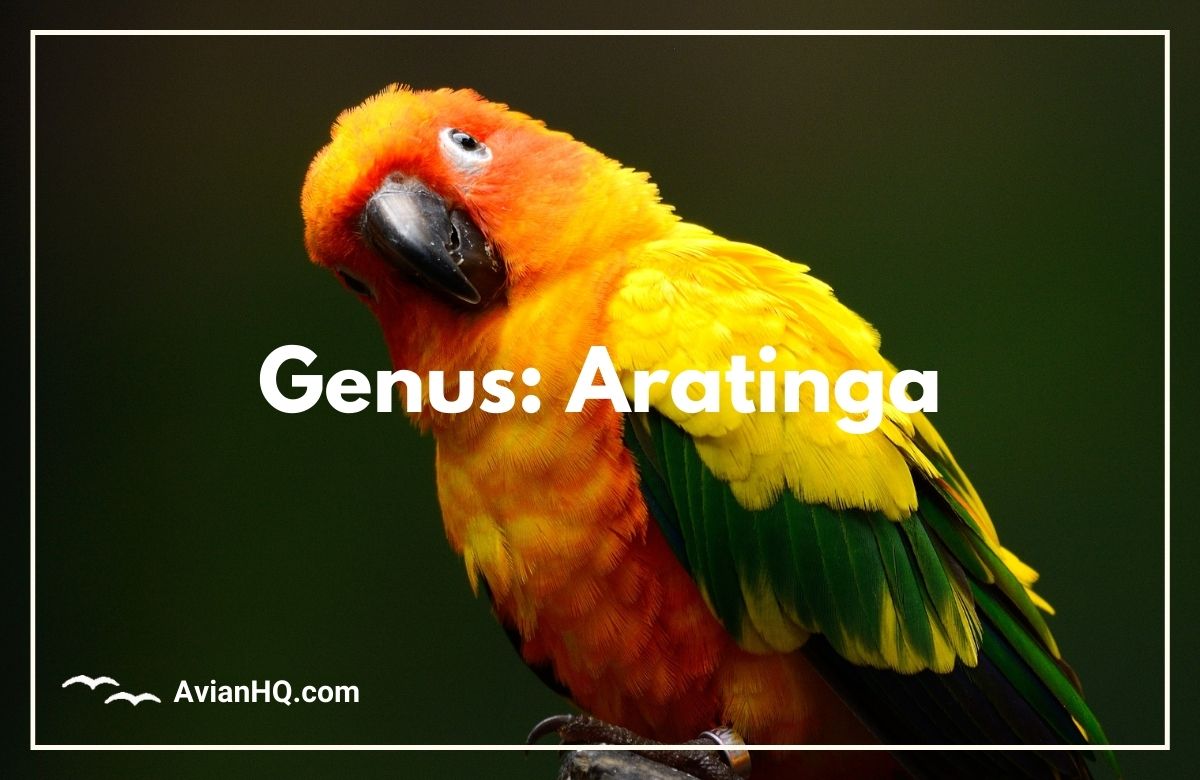
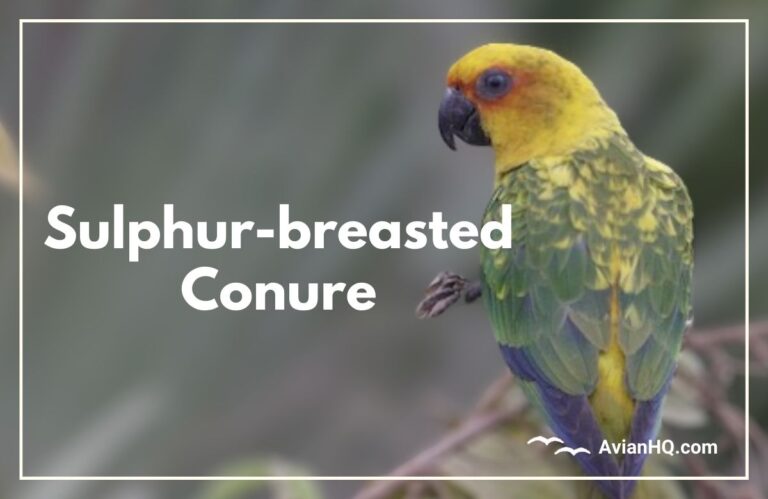

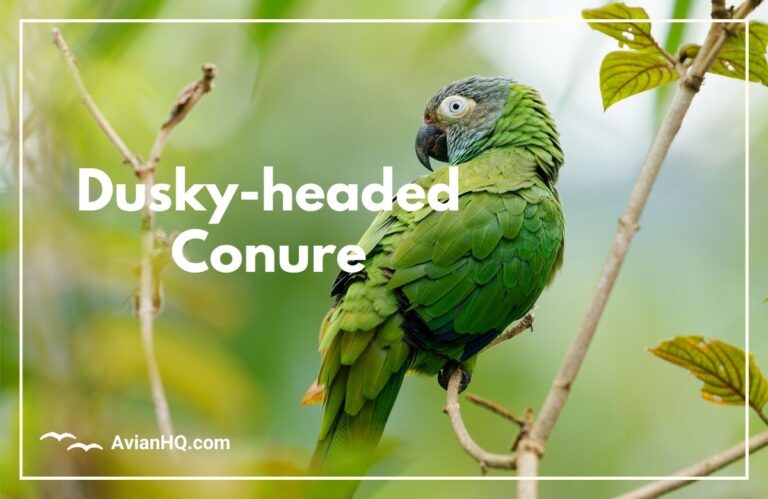
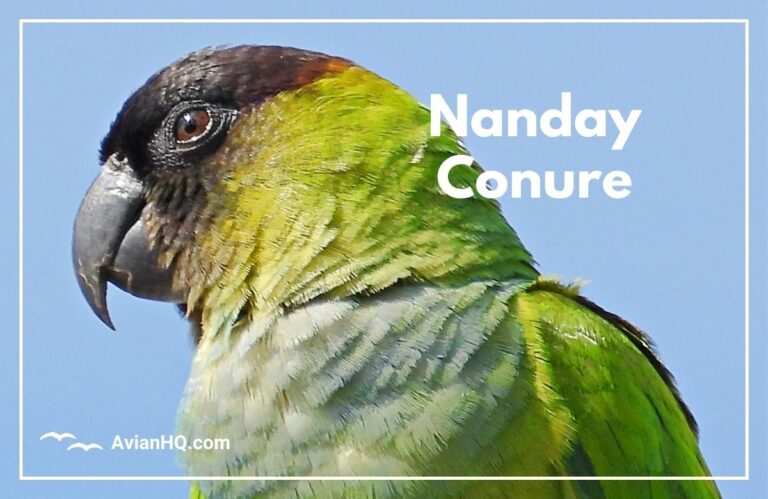
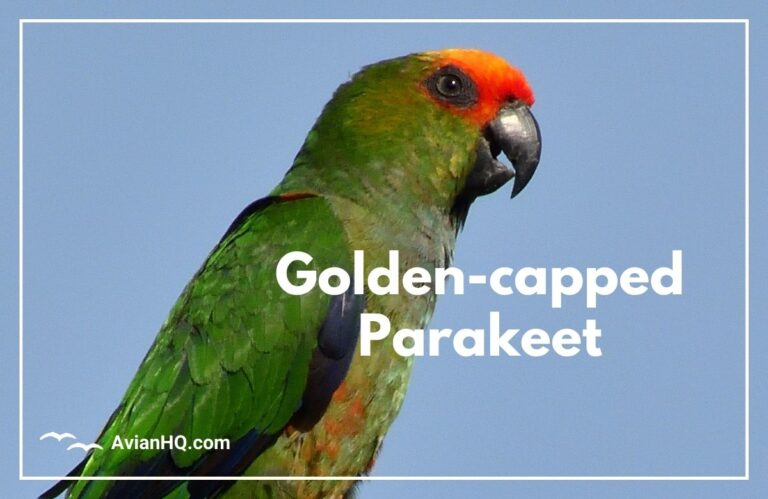

So much appreciation! 🎊